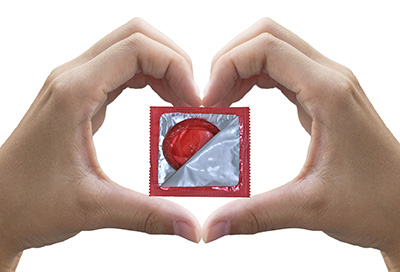MORE GAY MEN HAVING RISKY SEX
 The number of gay and bisexual men having risky sex in the United Sates is on the increase, says a new report released ahead of World AIDS Day.
The number of gay and bisexual men having risky sex in the United Sates is on the increase, says a new report released ahead of World AIDS Day.
According to an analysis of 2011 data from 20 major US cities, the percentage of men who have sex with men (MSM) reporting having had unprotected anal sex at least once during the previous 12 months grew to 57 percent in 2011.
This is a significant increase from the figure of 48 percent in 2005, said the Centres for Disease Control (CDC)
The CDC commented that it was unable to provide information on whether these men used other prevention strategies (other than condoms), but warned that the trend is concerning given the high risk of HIV transmission during anal sex.
The organisation found, on the other hand, that MSM who know that they are HIV positive tend to have less risky sex. These men were 60 percent less likely to report recent unprotected anal sex with someone of a different HIV status.
“While we remain concerned about potentially increasing levels of sexual risk, it is encouraging to see that risk is substantially lower in those who know they have HIV,” said CDC Director Tom Frieden.
“HIV testing remains one of our most powerful tools to reverse the epidemic. Everyone should know their HIV status.”
Disturbingly, in 2011, one-third of gay and bisexual men said they had not been tested for HIV in the previous 12 months.
“Only when a man knows his status can he make the best prevention choices for himself and his partners,” added Jonathan Mermin, Director of the National Center for HIV/AIDS, Viral Hepatitis, STD, and TB Prevention at CDC.
MSM account for nearly two-thirds of new HIV infections and approximately half of the 1.1 million people living with HIV in the US. The number of HIV infections has increased annually among MSM, particularly in young men, said the CDC.
The range of proven HIV prevention options for MSM, however, has expanded in recent years thanks to advances in HIV prevention research.
In addition to recognised prevention methods – reducing the number of sexual partners, using condoms consistently and correctly, and engaging in lower risk sexual behaviours – several new prevention options can significantly reduce the risk of HIV transmission and acquisition.
For example, among people infected with HIV, early initiation of antiretroviral (ARV) therapy can significantly reduce the risk of transmitting HIV to partners.
In addition, for some MSM who are HIV-negative but at high-risk, a daily dose of medication used to treat HIV infection (known as pre-exposure prophylaxis, or PrEP) can reduce the chances of becoming infected.
Since no single strategy will provide complete protection, multiple approaches are needed to reduce new HIV infections, said the CDC.
Leave a Reply